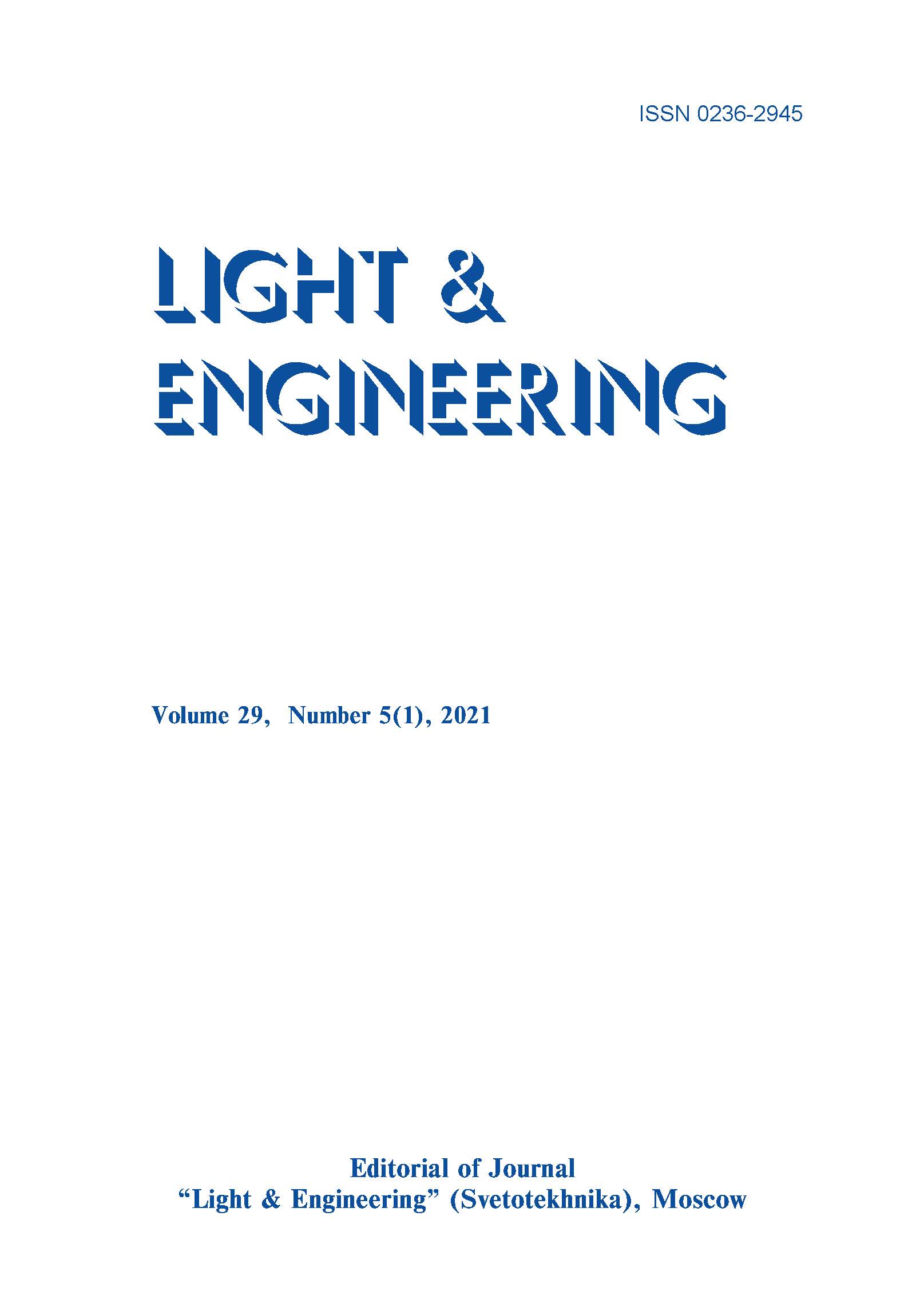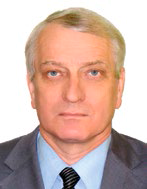Content

Abstract:
Energy saving in small-scale heat power engineering is directed to increasing the efficiency of using fossil energy carriers, electric power, and their wider replacement with alternative sources in housing and communal complex. The practical use of active solar energy systems, both photovoltaic and with direct water heating, has found widespread use. At the same time, the specificities of these systems deployment are caused by climatic and technical conditions of their application. For countries found in climatic zones with temperate and cold climate, water heating installations design is most rational when used seasonally. Low coolant potential, heat supply frequency in active solar energy systems, linked to seasonality of their operation, daytime and weather require several technical solutions. For example, solutions with the use of other equipment in form of thermal energy accumulators, heat pumps and other equipment, which in any case must be combined with a traditional source of thermal energy using fossil fuels or electric power, performing the functions of both other and emergency source of heat energy. Capacity reserving of alternative energy sources is most efficient and least energy-consuming when conducting with heat sources using gaseous or degasified fuel. The use of electric power for heat supply purpose, with few capital investments, requires from a developer significant installed capacities of heat source with a low efficiency for primary fuel. In the article one considers thermal schemes of autonomous heat supply installations for objects using modern condensing boilers of low power and along them various heat cumulating devices, supplying full year operation of equipment at heat supply facilities to get the highest efficiency of energy use.
References:
1. Khavanov P.A. Heat sources of autonomous heat supply systems // Monograph, MGSU, Moscow, 2014, 208 p. 2. Kalchevsky S. Renewable energy sources, waste energy in industry // Sofia, Avangard Prima, 2012. 3. Zervos A., Lius Ch., Schrafer O. Tomorrow’s World, Renewable Energy World, 2004, Vol. 7. 4. Novak Stefan. Photovoltaic in the World. Status and Future Trends // Chairman IEA PVPS, Seminar in PV Research & Technological Development in European Union New Member and Candidate States, Warsaw, Poland 15 Nov. 2004. 5. Strebkov D.S., Irodionov A.E. Global Solar Power System // Eurosun, 2004, Freiburg, Germany, 14 Intern, Sonnenforum 2004, Vol. 2. 6. Kemp William H. The Reneable Energy Handbook. Guide to Roral Independence, Off-Grid and Sustainable Living // New Society Publishers, 2005 7. Energy, Technology, Perspectives 2008 // Scenarios & Strategies To 2050 International Energy Agency, OECD, IEA, 2008. 8. D’yakov A.F. Malaya Russian Energy sector: problems and prospects // Moscow: Energoprogress: energetika, 2003. 9. Nikolaev V.G. et. al. Prospects for the development of renewable energy sources in Russia // Results of the Tacis Eoropa project AID/116951/C/SV/RU/, Moskva, 2009, 455 p. 10. Khavanov P.A., Chulenyov A.S. Calculation of Heat Transfer in Condensing Boilers // 2019 International Multi-Conference on Industrial Engineering and Modern Technologies (FarEastCon), INSPEC Accession Number: 19229167.
Keywords
- active solar energy systems
- heat supply
- heat-and-power engineering
- hot water supply
- condensing boiler
Recommended articles

